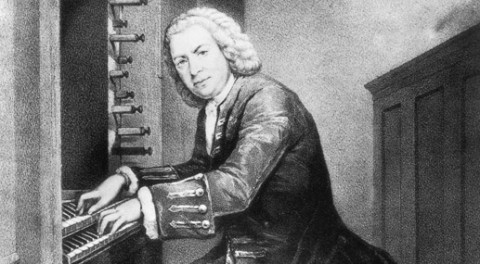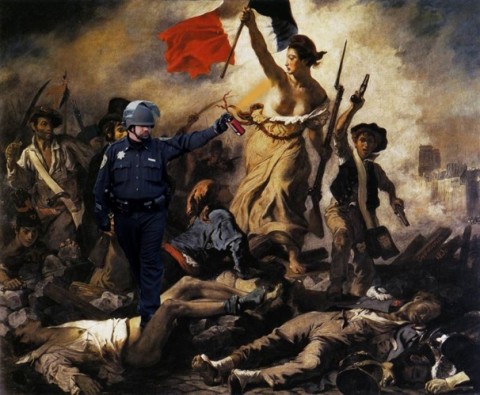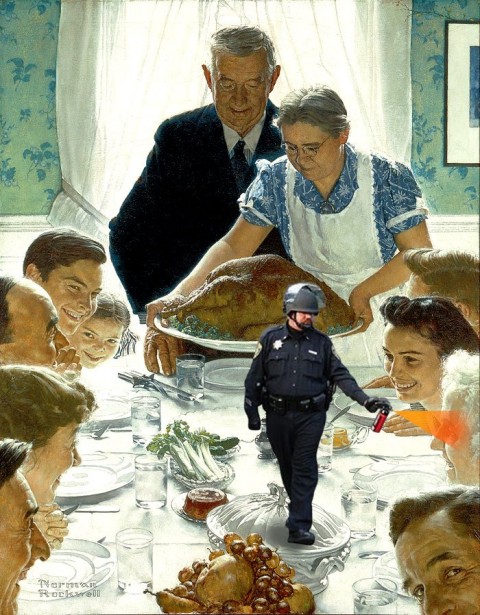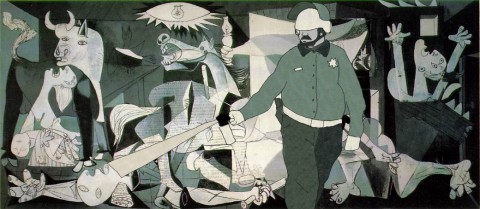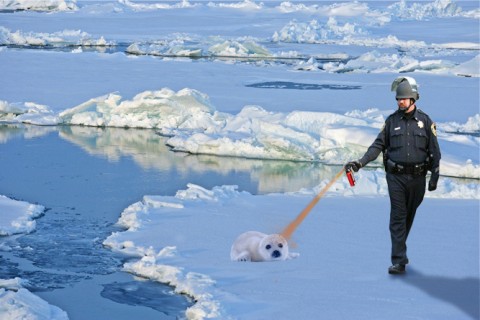The great artists are often the ones who are best at recognizing and exploiting the unique character of their medium.
In the early 20th century, photography was mired in an intentionally fuzzy Pictorialism. The prevailing view was that photography had to imitate painting, or it wasn’t “art.” So in the early 1930s Edward Weston, Ansel Adams and a few others on the West Coast formed Group f/64 in protest. They embraced their medium’s inherent strength by placing large format cameras on tripods and stopping the lenses way down (all the way to f/64) to capture scenes with a level of detail and clarity that a painter could only dream of achieving.
Across the Atlantic an even greater revolution was taking place. With the introduction of the 35mm Leica camera and fast films, European photographers in the late 1920s and early 1930s were beginning to explore the medium’s astonishing ability to freeze time. Not only could photography render a static scene with more detail than painting, it could isolate and preserve an otherwise transitory moment from the flux of life. No artist seized upon this essential aspect of photography with greater brilliance and consistency than the Frenchman Henri Cartier-Bresson.
“In photography,” wrote Cartier-Bresson, “there is a new kind of plasticity, the product of instantaneous lines made by movements of the subject. We work in unison with movement as though it were a presentiment of the way in which life itself unfolds. But inside movement there is one moment at which the elements in motion are in balance. Photography must seize upon this moment and hold immobile the equilibrium of it.”
Cartier-Bresson would often say that his greatest joy was geometry. When he was 20 years old he studied painting under the cubist André Lhote, who adopted for his school the motto of Plato’s Academy: “Let no one ignorant of geometry enter.” Cartier-Bresson took an early interest in mathematically sophisticated painters. “He loved Paolo Uccello and Piero della Francesca because they were the painters of divine proportions,” writes Pierre Assouline in his book, Henri Cartier-Bresson: A Biography. “Cartier-Bresson was so immersed in their works that his mind filled with protractors and plumb lines. Like them, he dreamed of diagonals and proportions, and became obsessed with the mystique of measurements, as if the world was simply the product of numerical combinations.”
At the same time the young artist fell under the sway of a teacher whose approach was decidedly less rational. While still in his teens, Cartier-Bresson began sitting in on André Breton’s legendary Surrealist gatherings at the Café de la Place Blanche. He had little regard for Surrealist painting, but was intoxicated with the Surrealist philosophy of life: the emphasis on chance and intuition, the role of spontaneous expression, the all-encompassing attitude of revolt. It made a profound impression. In Henri Cartier-Bresson: The Early Work, Peter Galassi describes the Surrealist approach to life in a way that also neatly captures Cartier-Bresson’s eventual modus operandi as a photographer: “Alone, the Surrealist wanders the streets without destination but with a premeditated alertness for the unexpected detail that will release a marvelous and compelling reality just beneath the banal surface of ordinary existence.”
The geometric formalism of Renaissance painting and the serendipity of Surrealism were two key influences on Cartier-Bresson’s photography. A third came as an epiphany when he stumbled upon a reproduction of Martin Munkácsi’s “Three Boys at Lake Tanganyika.” The picture showed a group of African boys frolicking in the water. If the photographer had pressed the shutter a millisecond earlier or later, the beautifully balanced, interlocking composition would not have existed. “I suddenly understood that photography can fix eternity in a moment,” Cartier-Bresson later said. He gave up painting and bought his first Leica.
Over the next half century Cartier-Bresson would travel the world with a Leica in one hand, the strap twisted around his wrist, ready to raise it to his eye and fix eternity at any moment. Inwardly he held onto the spirit of Surrealism while outwardly calling himself a photojournalist. As a photojournalist he witnessed some of the biggest events of the 20th century. He was with Gandhi a few minutes before he was assassinated in 1948. He was in China when the communists took over in 1949. “He was the Tolstoy of photography,” said Richard Avedon shortly after Cartier-Bresson’s death in 2004 at the age of 95. “With profound humanity, he was the witness of the 20th Century.”
“To take photographs,” Cartier-Bresson once said, “is to hold one’s breath when all faculties converge in the face of fleeing reality. It is at that moment that mastering an image becomes a great physical and intellectual joy.”
Henri Cartier-Bresson: The Decisive Moment (above) is an 18-minute film produced in 1973 by Scholastic Magazines, Inc. and the International Center of Photography. It features a selection of Cartier-Bresson’s iconic photographs, along with rare commentary by the photographer himself.
